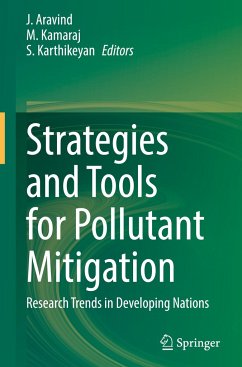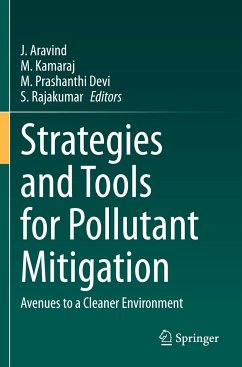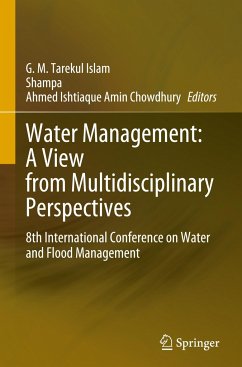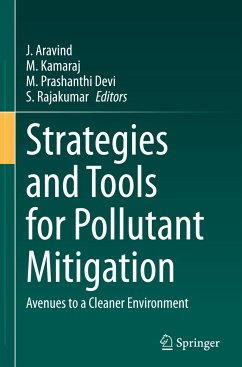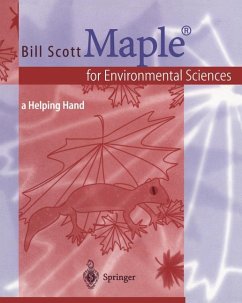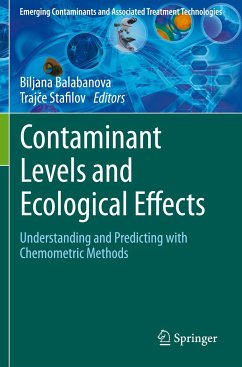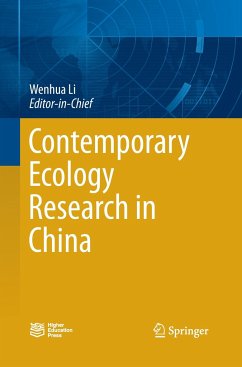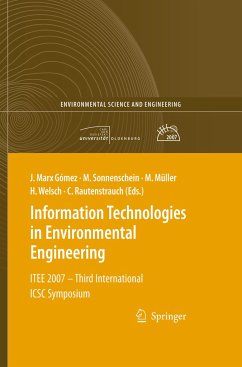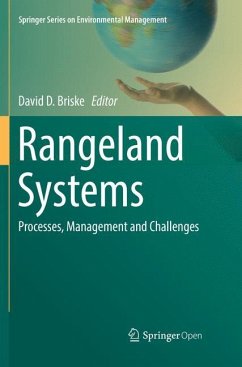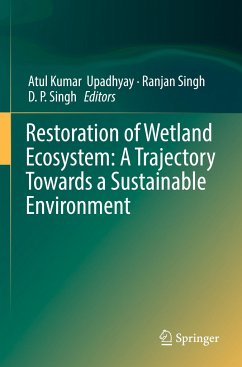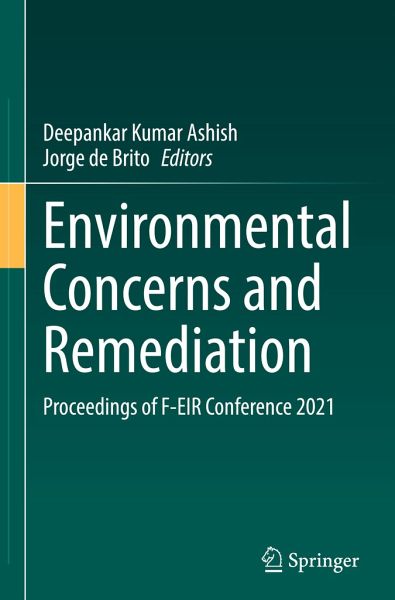
Environmental Concerns and Remediation
Proceedings of F-EIR Conference 2021
Herausgegeben: Ashish, Deepankar Kumar; de Brito, Jorge

PAYBACK Punkte
57 °P sammeln!
This book presents the conference proceedings of the F-EIR Conference 2021, Environment Concerns and its Remediation held in Chandigarh, India, October 18-22, 2021. The purpose of the conference and the volume is to present new ideas across a range of disciplines in environmental science, with a focus on theoretical and practical approaches to clean production aimed at preventing the production of waste, while increasing efficiencies in the uses of energy, water, and renewable resources. With contributions from leading experts equipped with state-of-the-art information and technology, the book...
This book presents the conference proceedings of the F-EIR Conference 2021, Environment Concerns and its Remediation held in Chandigarh, India, October 18-22, 2021. The purpose of the conference and the volume is to present new ideas across a range of disciplines in environmental science, with a focus on theoretical and practical approaches to clean production aimed at preventing the production of waste, while increasing efficiencies in the uses of energy, water, and renewable resources. With contributions from leading experts equipped with state-of-the-art information and technology, the book covers topics of sustainability and resilience, chemical and environmental engineering, materials science, biotechnology, health-related microorganisms, and green technologies. The book will be of interest to scientists, engineering professionals, architects, environmental scientists, academicians, economists, and students engaged in these disciplines.



